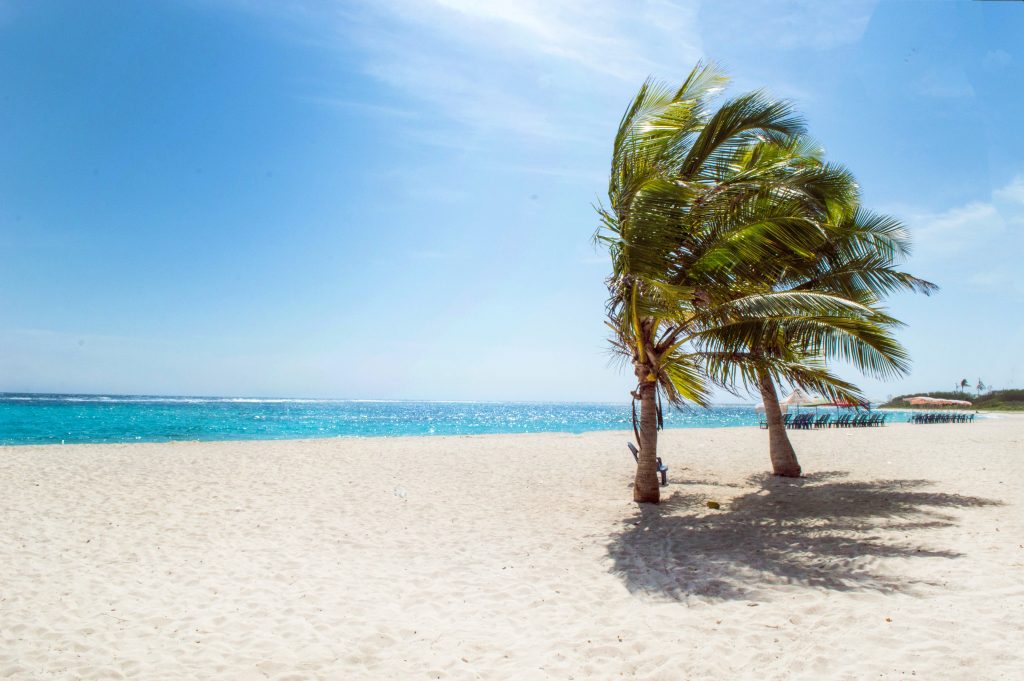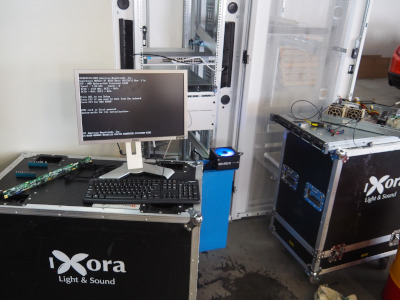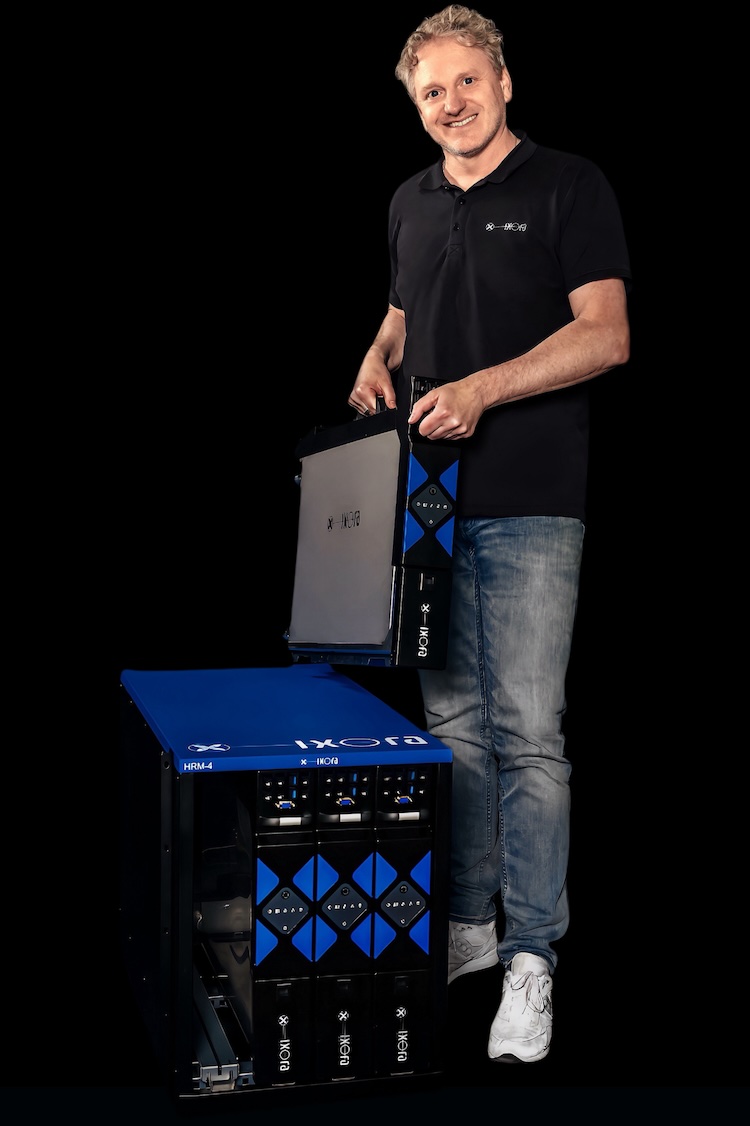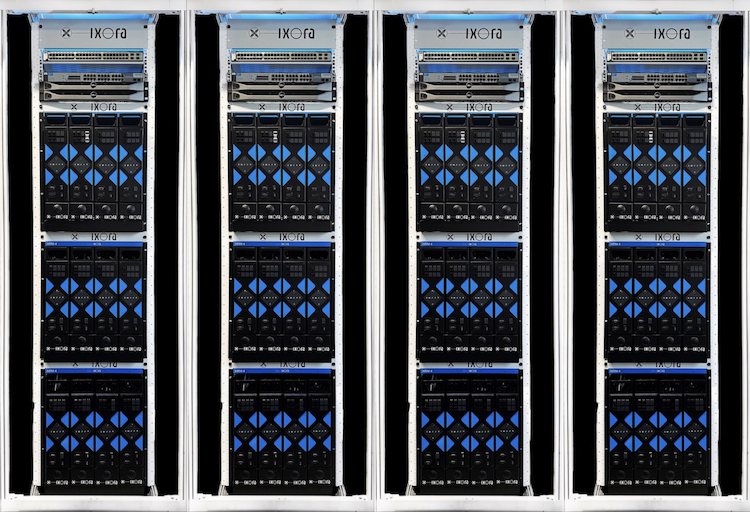Founded in 2017 on the Caribbean island of Curaçao, iXora was created with a mission: to design and manufacture durable, next-generation electronic products tailored to the professional entertainment market.
While Curaçao’s tropical climate is a paradise for people, it presents a significant challenge for electronics. iXora set out to develop climate-proof, high-performance audio systems capable of withstanding extreme environmental conditions and lasting for generations.


As we advanced the development of our next-generation modular amplifiers, we encountered a critical challenge: cooling high-power electronics efficiently without relying on fans or other moving parts prone to wear and tear.
Driven by inspiration from our co-founder Job Witteman (founder of the Amsterdam Internet Exchange), we began exploring the potential of immersion cooling.
Immersion cooling involves submerging electronics entirely in liquid to distribute heat effectively across a larger medium. This technique is recognized as the most efficient cooling method available and has been implemented in datacenters globally for over a decade. However, existing solutions primarily rely on open tanks containing liquid and computer components.
For our mobile amplifier platform, an open-tank solution was impractical. Transporting liquid-filled tanks off-road to festivals and concert venues was unfeasible. To address this, iXora developed a groundbreaking closed-circuit cooling system, providing a robust, mobile solution.


Beyond its application for amplifiers, this innovation proved to be a perfect fit for modernizing datacenters, transforming them into significantly more efficient and sustainable facilities.
As datacenters worldwide continue to grow, they face escalating power densities and increasing demands for innovative cooling solutions. With every new processor generation, power efficiency improves, but physical sizes shrink—resulting in greater power concentration per square meter. Simultaneously, the drive for carbon-neutral operations demands alternative approaches to minimize energy consumption and CO₂ emissions.
iXora’s closed-circuit immersion cooling system offers a transformative solution for datacenters, enabling them to meet rising demands while drastically reducing energy usage and their carbon footprint.
Learn more about how iXora’s solutions can help your datacenter reduce its environmental impact.